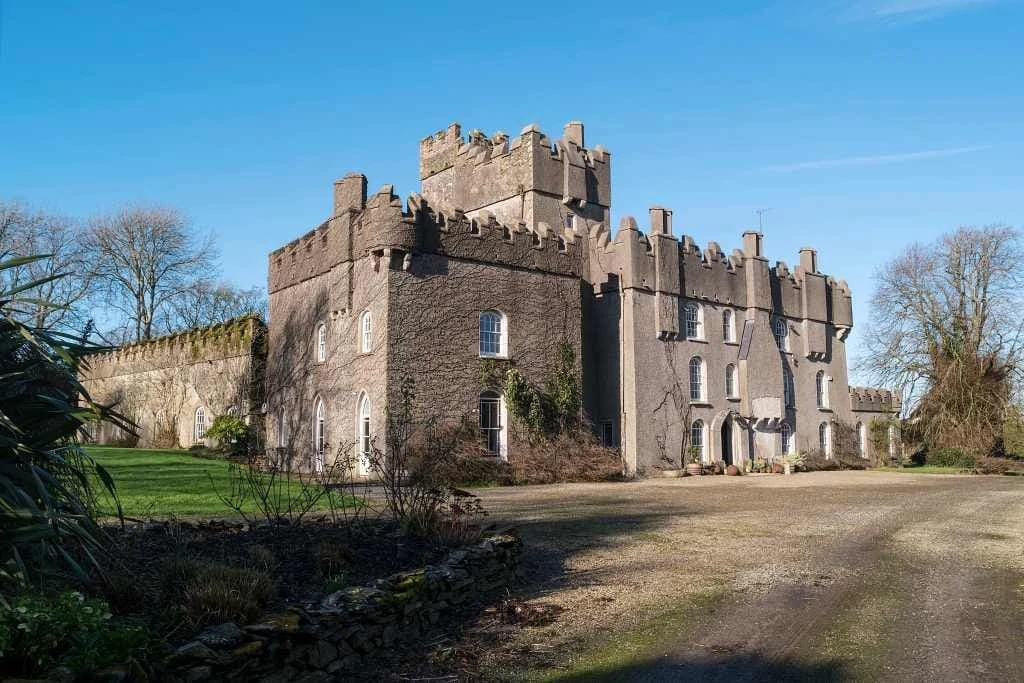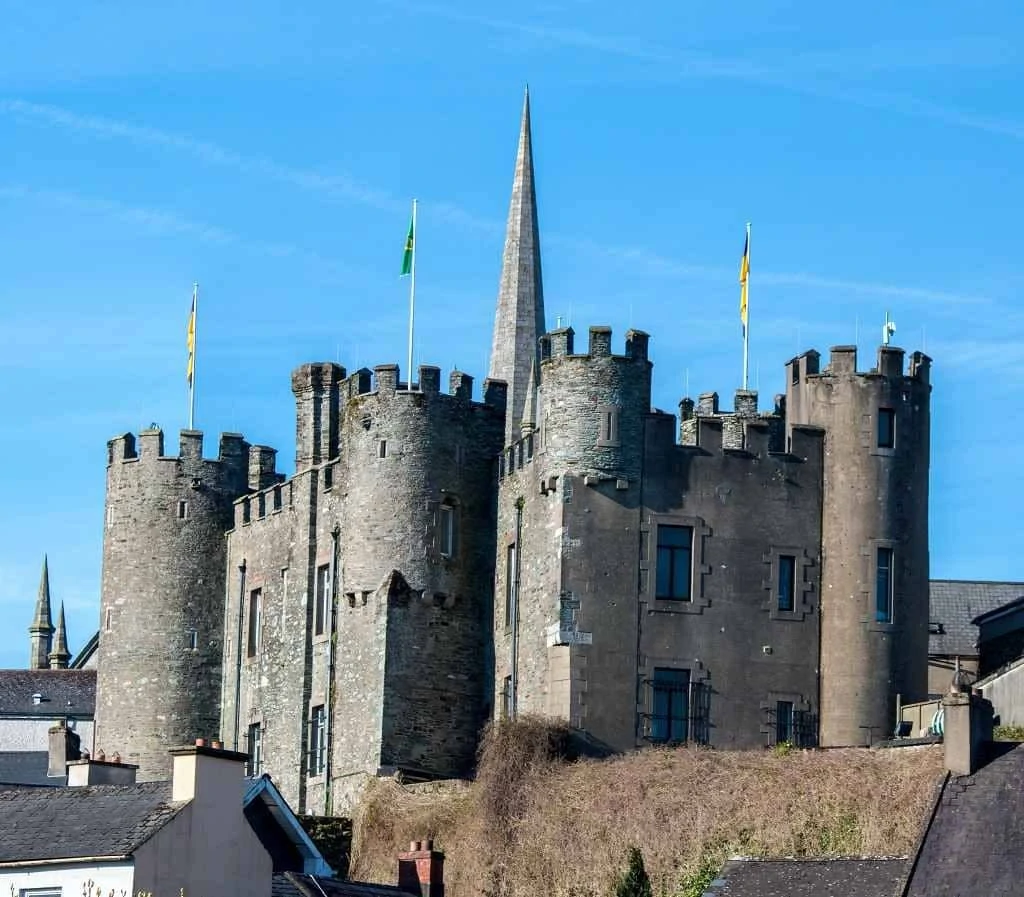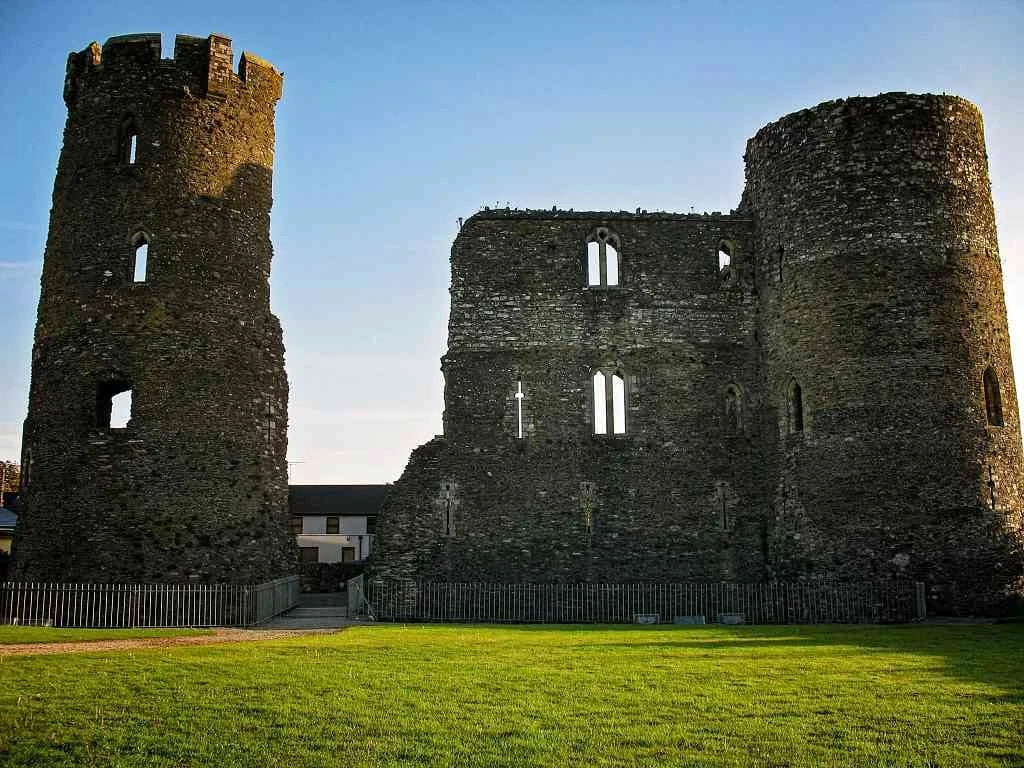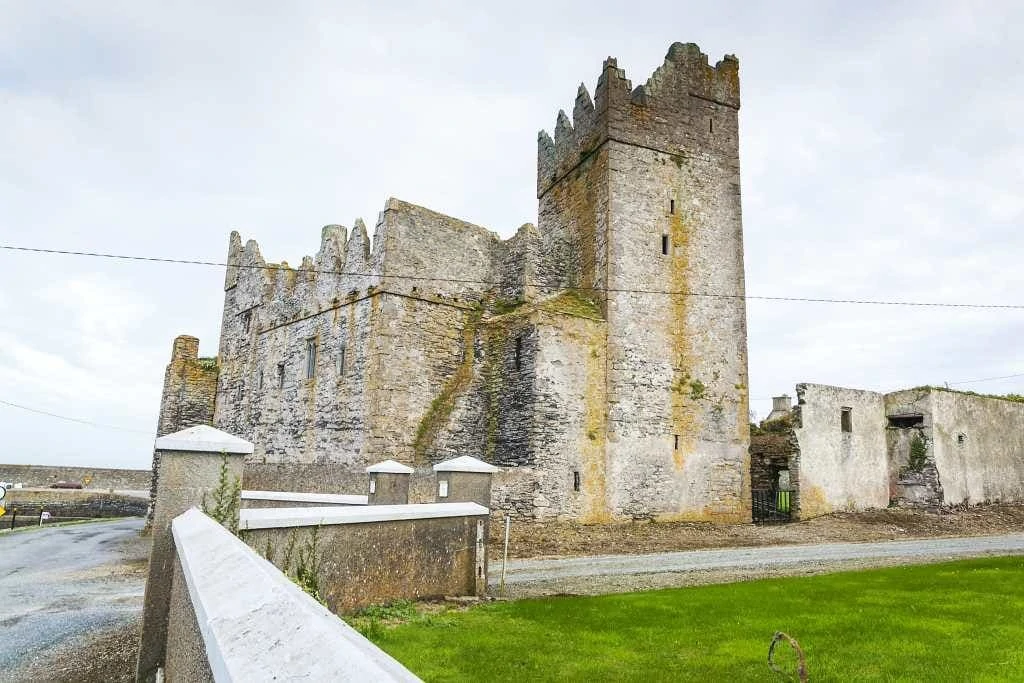The southeast corner of Ireland is where the Viking’s founded Ireland’s first major town, and that’s just a snapshot of County Wexford’s fascinating history.
This ancient county not only boasts a rich history but dramatic and breath-taking landscapes – from rolling hills to windswept beaches, where you can take long romantic walks.
Dotted with an array of towns boasting great places to stay, Wexford Town is the top pick. Its warren of medieval streets are lined with traditional pubs, art galleries, and excellent restaurants.
Should you visit in the autumn, be sure to get front row seats for the world-renowned Wexford Opera Festival. In this post, we’ll look at five of the most spectacular and intriguing castles in Wexford.

5 Castles to visit in Wexford
1. Bargy Castle

Around 7.5 miles southwest of Wexford Town, you’ll find Bargy Castle, which gets its name from the local tribe Ui Bhairrche.
The Norman Fortress is thought to have been built sometime in the 15th century; it was occupied by the Rossiter family before Cromwell’s army confiscated it in 1667.
Nowadays, it is a private hotel run by the parents of the famous singer Chris de Burgh, who spent some of his childhood in the castle. Two more wings were added to the castle at right angles after the original building was constructed. It has remained well-kept and maintained to the present day.
Where: Tomhaggard
When: 15th century
Style: Norman Fortress
Open for Visit: Yes – the castle is now a hotel.
2. Enniscorthy Castle

There was originally a castle on the site at Enniscorthy in the 11th century, but the current building dates back to the end of the 16th century and was designed by architect Sir Henry Wallop.
From the rooftop, you’re able to get spectacular views of the surrounding County Wexford countryside, including the Vinegar Hill battlefield. There’s also a permanent display where you can learn about the county’s more recent history of the 1950s, while there is medieval wall art in display in the dungeons below the castle.
During the castle’s long life, it has been occupied by Norman knights, English families, and local families.
Where: Enniscorthy
When: 16th century
Style: Norman
Open for Visit: Yes, for more information click here.
3. Ferns Castle

In the centre of the village of Ferns, you’ll find a ruin of a medieval square castle with four large corner towers, two of which visitors can access. Although the castle is mostly a ruin, the complete tower has a circular chapel with a number of fireplaces and a basement.
From the top of the accessible towers, you’ll be able to get excellent views of the surrounding countryside, before heading back inside to appreciate the Ferns tapestries that were created locally; they tell the history of the village. The castle is free to visit, and the average visit time is about 45 minutes.
Where: Ferns
When: 13th century
Style: Medieval ruin
Open for Visit: Yes. For more information check here.
4. Johnstown Castle

Originally built in the 12th century, Johnstown Castle was the home of a Norman family who settled in the area. The estate is a historic home that has since changed hands a number of times and been expanded and renovated.
It was completed in 1863 in the way you see it now, with not only a castle but a large farm, two lakes, and a deer park surrounding it. Nowadays, visiting the castle is a two to three-hour activity as there’s so much to see.
The old farmhouses and an agricultural museum, while there are peacocks strutting through the ornamental gardens. In the castle, you can see the longest servants’ tunnel in Ireland.
Where: Murntown
When: 12th century
Style: Gothic Revival
Open for Visit: Yes, for more information check here.
5. Slade Castle

Slade Castle boasts one of the most picturesque locations of any castles in Wexford. It is a fort on the edge of the Hook Peninsula, near another important historic building – the Hook Head Lighthouse.
Initially built in the late 15th century by the Laffin family, it’s thought that the castle’s construction was funded by trade such as fishing.
From the family losing it in 1641 until the 19th century, the castle was used as storage for the salt works before being converted to tenement housing. In the 20th century, it was restored to its original condition, and that’s what you see today.
Where: Slade
When: 15th century
Style: Tower House
Open for Visit: Yes
